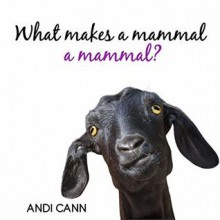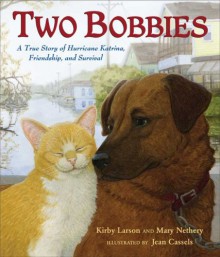
This is a cute read-aloud (or independent read) for elementary students to help them understand the characteristics of mammals and the different kinds of animals that fit into that category. It explains that mammals have hair, drink milk as babies, breathe air, are born alive, have big brains, are warm-blooded, and have middle ear bones & backbones. It explains it all in easy to understand language that would fit right into a third-grade curriculum. It then asks students whether a specific animal is a mammal and explains why or why not.
It is part of a series, including: What makes a bird a bird? and What makes a bug a bug?
This book can also be used with older students who need scaffolding, are struggling readers, or are English Language Learners.


 Log in with Facebook
Log in with Facebook 








